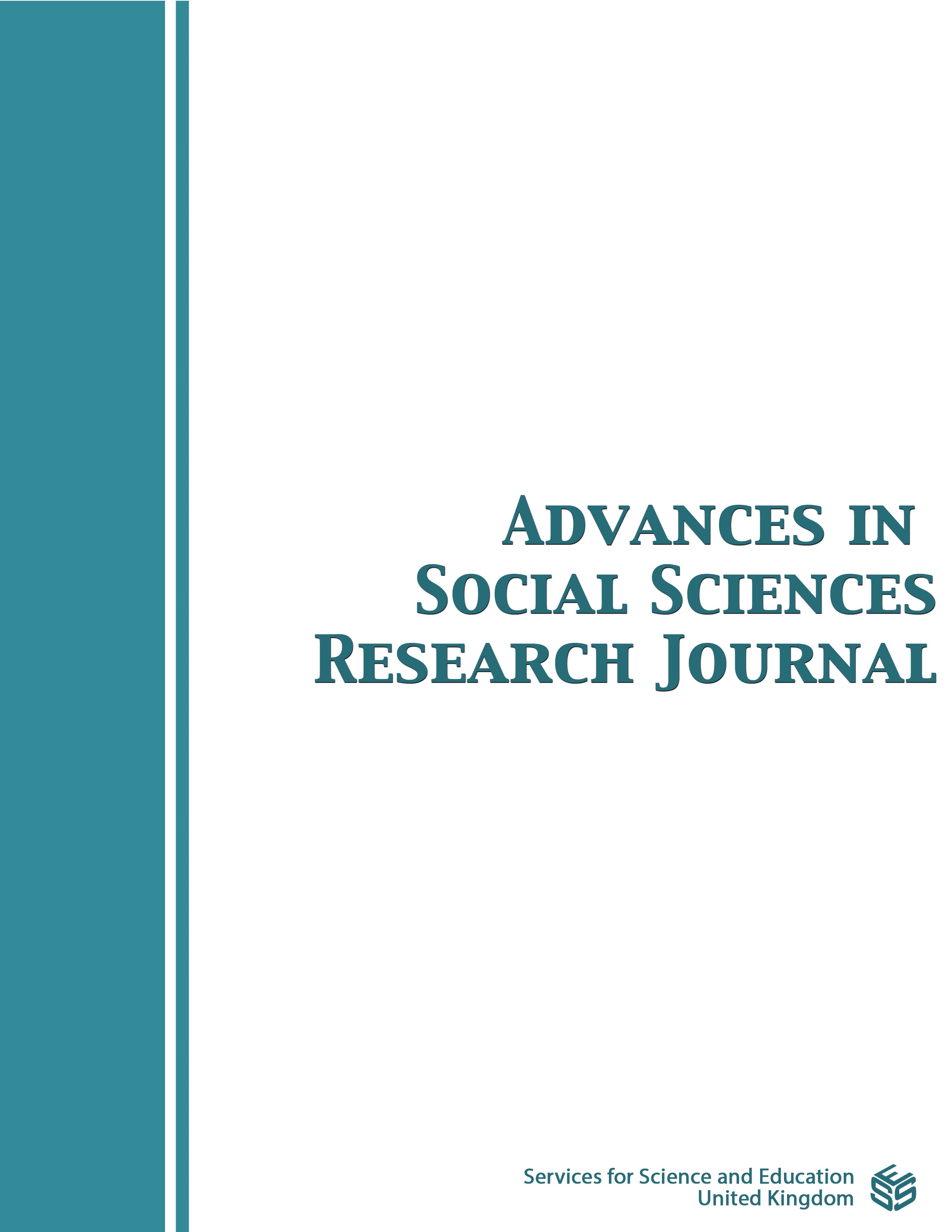Perspectives of Agricultural Students at the University for Development Studies on Farming as a Livelihood in Ghana
DOI:
https://doi.org/10.14738/assrj.1111.17914Keywords:
Livelihood, occupation, farming, means, perceptionAbstract
The study aims to examine the perceptions of agriculture students in a Ghanaian University regarding farming as a sustainable livelihood after graduation. This study is grounded in the structuration theory. The target respondents for the study consisted of 105 final-year agriculture students from the Faculty of Agriculture. A total of 83 students were considered for the sample size which was determined using the Yamane (1967) sample size determination formula. The study adopted a descriptive survey design, anchored in the positivist paradigm. The study used a structured questionnaire for data collection. Descriptive statistics were employed for data analysis. The results revealed that a significant proportion of the students (46.1%) resided in rural areas where agriculture is the primary livelihood activity. Also, the study revealed that about 38.2% of the participants expressed willingness to grow food crops for their livelihood. The findings of the study further revealed that working in an educational institution (Mean= 3.0) was the most preferred livelihood option among participants. The study revealed that the major challenge deterring participants from pursuing farming as a sustainable livelihood is a lack of initial capital to start farming, with 67.1% of participants indicating this as a demotivating factor. The study recommended that government and other stakeholders should provide the necessary incentives in agriculture to arouse students' interest in taking up agriculture-related careers after graduation as a means of livelihood in Ghana.
Downloads
Published
How to Cite
Issue
Section
License
Copyright (c) 2024 Quansah, Joseph Yaw Dwamena , Osei, Samuel , Amadu Musah Abudu

This work is licensed under a Creative Commons Attribution 4.0 International License.
Authors wishing to include figures, tables, or text passages that have already been published elsewhere are required to obtain permission from the copyright owner(s) for both the print and online format and to include evidence that such permission has been granted when submitting their papers. Any material received without such evidence will be assumed to originate from the authors.






